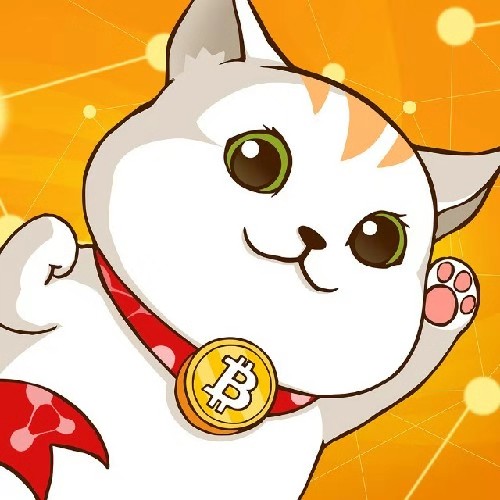Original title: A Full Guide on Linea: The New Layer 2 Launched By Consensys, MetaMask's Parent Company
Original Author: Chain Debrief
Compilation of the original text: Huo Huo
In the second half of 2022, the concept of Layer 2 will fully explode. At the time when dozens of Rollup Layer 2s are brilliant, crypto giants such as Coinbase and ConsenSys have also begun to participate in the competition and deploy native Layer 2 networks.
Consensys' Metamask will have more than 30 million monthly active users in 2022, becoming the leading Ethereum wallet, while its blockchain development platform Infura has more than 400,000 registered developers and can handle more than 8.5 billion blockchain network requests per day. Linea, the zkEVM project created by Consensys, its common parent company, will also become a strong competitor of Ethereum Layer 2 by virtue of network effects.
Currently, Linea, a new Layer 2 project developed by ConsenSys, is launching a loyalty program "Linea Voyage" to encourage early users to use the public testnet. But what exactly is Linea, and what advantages does it have over other star Layer 2 projects? Let's start with ConsenSys, the giant behind Linea.
01 What is Consensys?
Consensys is a blockchain software company best known for creating the MetaMask self-hosted wallet best known in the crypto industry.
Consensys was founded in 2014 by Joseph Lubin, the co-founder of Ethereum. Since 2016, it has been committed to developing the Ethereum network ecosystem and developing many Ethereum development tools and related applications.
In addition, Consensys provides consulting services to global enterprises such as Microsoft and Shell, assisting them in successfully implementing blockchain solutions in their respective industries.
To date, Consensys has raised $726 million in multiple funding rounds from venture capital and global investors including Microsoft, SoftBank and Temasek. It is currently valued at $7 billion.
image description
Source: Curve Finance
Good UX/UI is fundamental to ensure mass user adoption of Web3. ConsenSys believes that seamless interaction is essential to ensure "safe, error-free user interaction."
To solve this problem, they argue that MetaMask must take steps to minimize fraud. They do this by helping users scan websites for malicious activity, extra confirmation windows before signing transactions, and partnerships with anti-phishing companies.
However, they didn't stop there.
In addition, as Web2 companies enter the encryption field in large numbers, they hope to establish a resource that can be accessed anytime and anywhere. With the emphasis on self-service, user experience will take a step further in Web 3.0.
To solve this problem, ConenSys launched MetaMask Institutional (MMI) in February 2021, "serving a large number of cryptocurrency funds, market makers and now DAOs who have been focusing on DeFi".
With "hundreds of organizations" joining, MMI has received positive feedback and helps institutions track their portfolios, as well as track NFTs.
02 What is Linea?
Linea is one of several zkEVM solutions seeking to combine the security and performance of zkProofs with full EVM compatibility, which Consensys opened to a public testnet on March 28, 2023.
Linea is designed to be highly composable, flexible and extensible. Developers can natively integrate dApps on Linea with Consensys infrastructure and quickly join the testnet through the MetaMask extension.
When Linea launched its private testnet in early January of this year, it processed 1.5 million transactions in the first few weeks after launch.
03 Comparison of Linea with other Zk Layer 2 s
While Ethereum's LAyer 2 scaling ecosystem is still largely dominated by OP-rollup solutions like Arbitrium and Optimism, several zkEVM projects have achieved key development milestones.
Matter Labs and Polygon launched the zkEVM Era Mainnet Alpha and zkEVM Mainnet Beta on March 24th and March 27th, respectively. This will be followed by the launch of Linea on March 28.
While the zkEVM project is expected to be a first mover in the short term, they are likely to compete on EVM equivalence in the long run.
In short, EVM equivalence means that developers can easily copy and paste dApp code between EVM equivalent rollups without major reorganization.
On-chain analysis shows a significant increase in the number of unique deposit addresses and transactions in the days before and after the Linea, zkSync Era, and Polygon zkEVM mainnet launches.
image description
image description
image description
Polygon Independent Depositor
04 Summary
The battle to scale Ethereum is in full swing as various zkEVM projects have launched or plan to launch their respective mainnets in 2023.
However, it is important to note that zkEVM technology is still in its early stages.
During the development of zkEVM, there are still some areas worthy of attention in terms of its hardware design, sequencer decentralization, and token economics.
Still, it's a very tense time for the zkEVM projects, as they not only compete with each other, but also seek to gain dominance and market share from their optimistic rollup counterparts.



